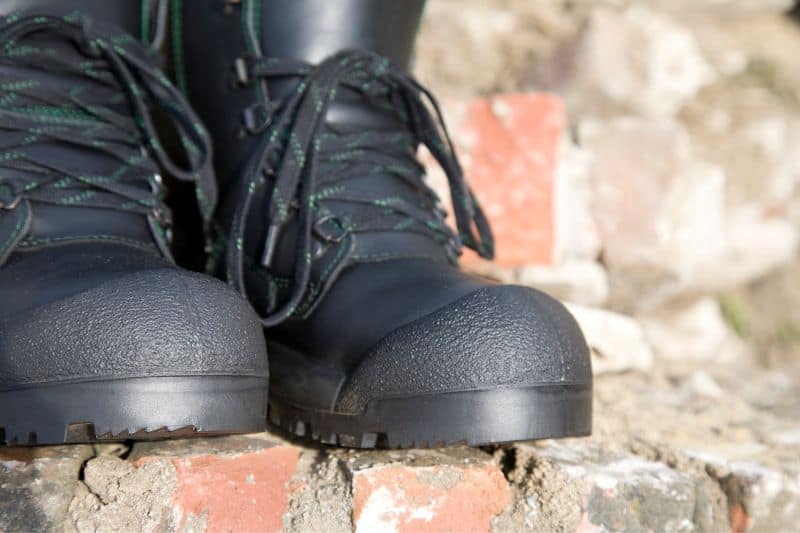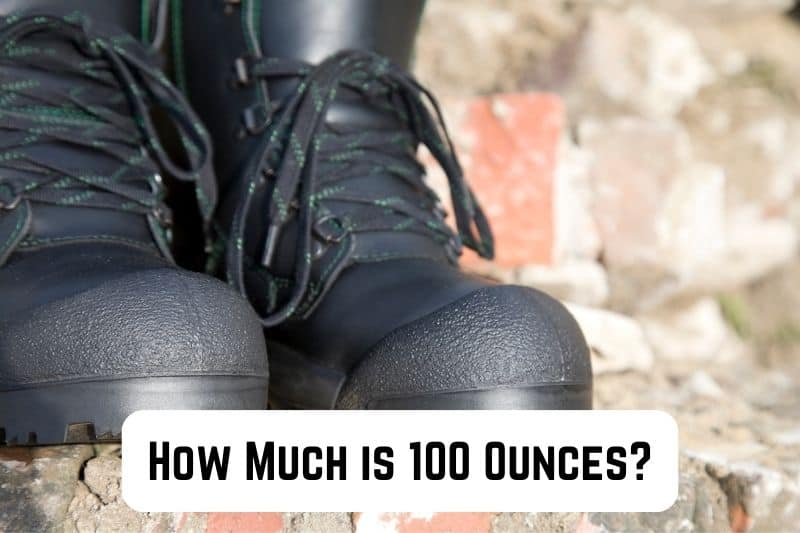Interested in knowing how much is 100 ounces?
Maybe you’re estimating cooking ingredients, determining the weight of a product before buying or selling for mailing purposes, or just exploring.
You’re in the right place, then.
This post compares 100 ounces to familiar items to provide a tangible sense of the weight of 100 ounces and help you make informed decisions in your endeavors.
Let’s dive right in!
Read: How Big is 350 Square Feet? 13 Common Comparisons (+Pics)
14 Common Comparisons For 100 Ounces
A hundred ounces is approximately 2,834.95 grams, roughly 2.835 kilograms, and about 6.25 pounds.
The following comparisons shed light on this weight.
1. 3 Quarts of Milk

A quart of milk is a popular measure in the United States, equivalent to 32 fluid ounces or roughly 0.95 liters. It’s often used for various recipes and beverages or as a standard unit for purchasing milk in many grocery stores.
It’s an excellent way to understand relatively light weights, starting with two pounds since it weighs 2.15 pounds.
For 100 ounces, you can compare it to three quarts of milk as they total 103 Oz.
2. 12 Cups of Water

Water offers a reference point for different measurements, from as lightweight as one ounce to as heavy as 100 kilograms. You can subdivide it into various units (teaspoons, tablespoons, or cups) to suit what you want to understand, and the best part is it’s consistently available.
For 100 ounces, you better go with cups.
Since a cup of water weighs 236.6 grams (about 8.3 Oz), pour as many as 12 in a lightweight bag. It should weigh approximately 100 ounces.
3. 24 Cups of All-purpose Flour

All-purpose flour is often used as a comparison for lightweight measurements at home because it’s a staple ingredient found in many kitchens.
A cup of all-purpose flour weighs 4.25 ounces, making it a perfect reference for four ounces.
For a comparatively heavier weight of 100 ounces, you need as many as 24 cups to realize that.
4. 14 Cups of White Sugar

Similarly to all-purpose flour, white sugar is a common reference point for lightweight measurements since it’s also a household item.
A cup of white sugar is heavier than a cup of all-purpose flour, precisely 200 grams or approximately seven ounces.
So, with sugar, you need only 14 cups to understand the heaviness of 100 ounces.
5. 14 Cups of Uncooked Rice

Rice is a versatile staple in many cuisines and households and can help you understand different measurements if you can find some at home.
The weight of rice can vary depending on the type of rice (e.g., long-grain, short-grain, and basmati).
That said, as a general reference, one cup of uncooked rice is as heavy as a cup of white sugar, typically around 200 grams.
So, as you can guess, if you can put 14 cups in a lightweight plastic bag, you are merely two ounces from the 100-ounce mark.
6. 6 Loaves of Bread

Loaves of bread are commonly available in different sizes, including small or mini loaves and larger family-sized loaves.
However, what comes to mind for many people with a mention of ‘bread’ is the medium-sized, rectangular-shaped loaf with slices, suitable for making sandwiches.
This classic loaf is typically around 1 pound – an excellent way to understand relatively light weights starting with one pound.
For 100 ounces, you will need as many as six to realize how heavy it is.
7. 3 Medium-sized Pineapples

Pineapples are popular fruits enjoyed fresh, juiced, or used in various culinary dishes and desserts.
Their weight can vary depending on their size and variety, but, on average, a medium-sized fresh pineapple in farmer’s markets weighs around 2 pounds (approximately 32 ounces).
That means three medium-sized pineapples are only four ounces shy of 100 ounces.
8. 7 Size 5 Soccer Balls

Size 5 soccer balls are the standard size used in professional matches and are suitable for players aged 12 and older.
They typically have a diameter of about 8.8 inches and weigh between 14 and 16 ounces.
So, taking 15 ounces as the average weight of a standard soccer ball, 100 ounces is seven times as heavy.
9. 9 NFL Balls

NFL balls are slightly lighter than standard soccer balls, weighing approximately eleven ounces.
So, assuming you have nine NFL balls, they would bring your total close to 100 ounces.
10. 5 NBA Balls

Basketballs are generally heavier than NFL and Size 5 soccer balls.
A standard NBA basketball, for example, weighs around 21 ounces.
Hence, you can compare 100 ounces to holding five NBA balls at a go.
11. 2 Standard Bowling Pins

Bowling pins are essential pieces of equipment in bowling, arranged in a triangular formation at the end of the bowling lane.
Standard bowling pins stand 15 inches tall and weigh about 3 pounds 6 ounces each (or 54 ounces)
Therefore, if you had two standard bowling pins, they would be 108 ounces heavy – close enough to give you an idea of the weight you are looking for.
12 A Pair of Steel-toe Boots

Steel-toe boots, also known as safety boots or steel-capped boots, are footwear designed with a steel protective reinforcement in the toe area.
Due to the added protective features, these boots are heavier than regular shoes, in the region of 3 to 4.5 pounds each (approximately 56 ounces).
Holding a pair in your hand will give you a tangible sense of the weight you are after.
13. A Pair of No. 9 Timberland Boots

Timberland boots are a popular and well-known brand of footwear recognized for their durability, comfort, and style.
The weight of these boots can vary depending on the specific model and features.
For example, a pair of men’s size 9 Timberland boots weighs 2.5 to 3.5 pounds (approximately 48 ounces) each, slightly lighter than steel-toe boots.
So, likewise, you can compare 100 ounces to lifting a pair.
Read: How Heavy is 300 Grams? 17 Common Comparisons (+Pics)
14. 2 Full-size Helmets

Full-face helmets provide complete coverage for the head, including the face and chin, offering maximum protection in the event of a crash or impact.
Due to the additional features such as a sturdy outer shell, impact-absorbing liner, and a visor or face shield, these helmets are way heavier than the regular ones, averaging about 3.3 pounds (52.8 ounces).
That means a pair of full-face helmets tips the scale at approximately 100 ounces.







